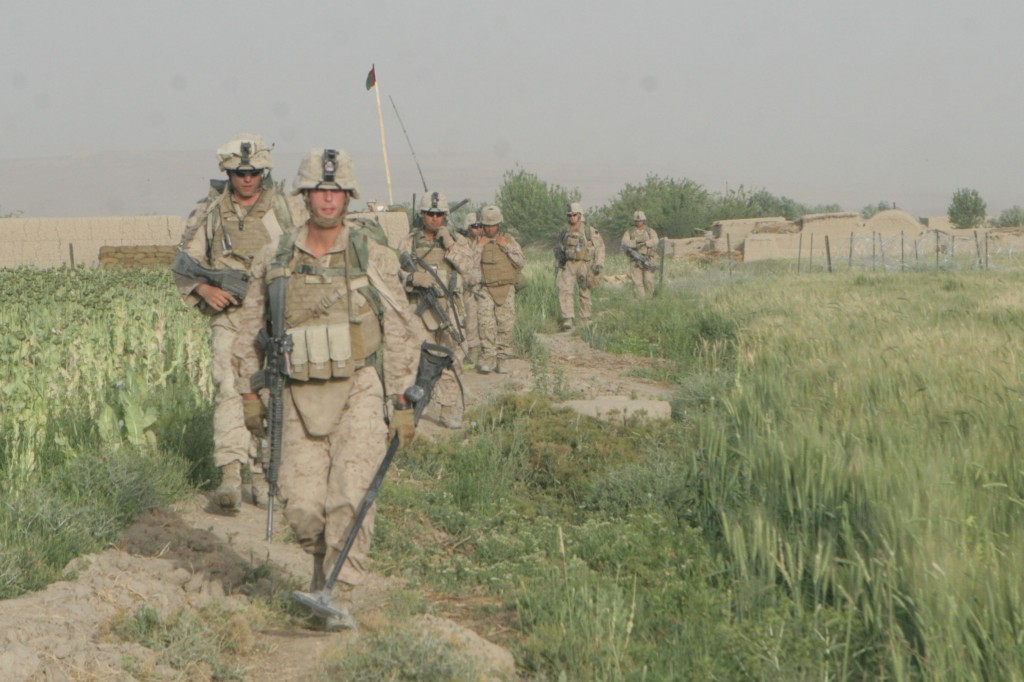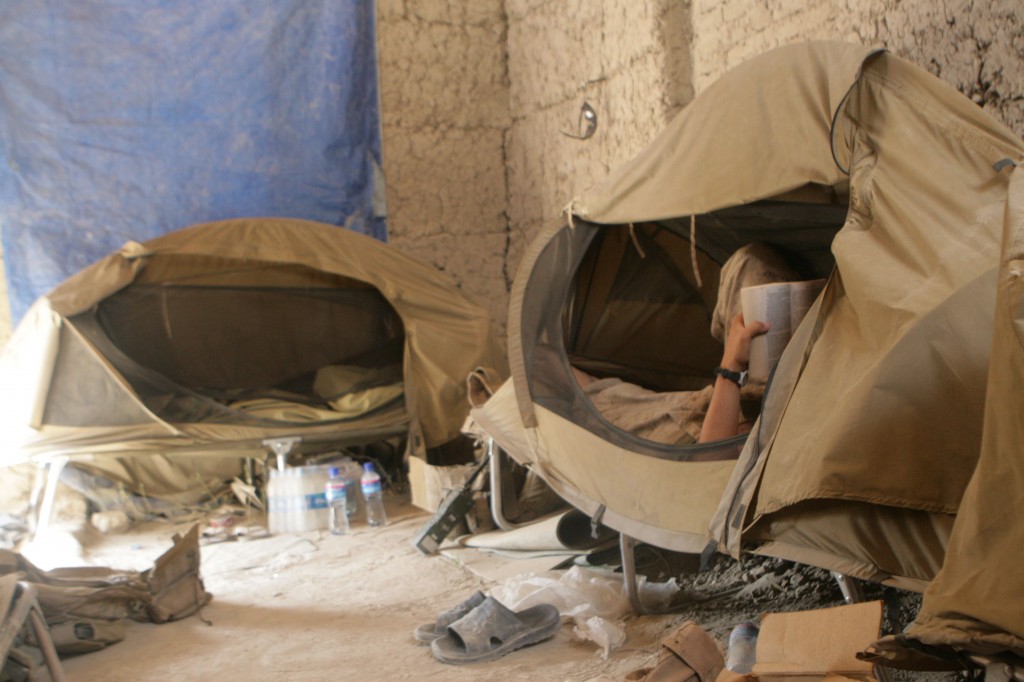HVTs and the Taliban Decapitation Campaign
BY Herschel SmithFrom Strategy Page:
Between April and July of this year, U.S. and allied (including Afghan) special operations forces killed nearly 400 Taliban leaders, and arrested another 1,400 Taliban. All this was mostly done via night operations by commandos (mainly U.S. Special Forces and SEALs) and missile attacks by American UAVs. This is part of a trend.
In the past two years, SOCOM has been shifting forces from Iraq (where it had 5,500 personnel two years ago) to Afghanistan (where it had 3,000 troops two years ago). The ratio is now largely reversed. Most American allies have moved all their commando forces from Iraq to Afghanistan, where they not only do what they were trained for, but also train Afghans for special operations tasks. This has already been done in Iraq, where it worked quite well. As a result, there are now nearly 10,000 special operations troops in Afghanistan. The SOCOM troops in Iraq and Afghanistan account for about 80 percent of American special operations forces overseas. The rest are in places like Colombia, the Philippines and Djibouti (adjacent to Somalia).
Special operations troops not only participate in most of the attacks on the Taliban leadership (and key technical people building and placing roadside bombs), but also conduct a lot of the surveillance missions that locate safe houses where Taliban leaders operate from, as well as those used for bomb making workshops. Many Special Forces troops speak the local languages, and can negotiate with village and tribal leaders for information and assistance.
This “decapitation” campaign was successful in Iraq, and earlier, in Israel (where it was developed to deal with the Palestinian terror campaign that began in 2000.) Actually, the Americans have used siimilar tactics many times in the past (in World War II, 1960s Vietnam, the Philippines over a century ago and in 18th century colonial America.) But the Israelis developed decapitation tactics customized for use against Islamic terrorists.
In some cases, the Special Forces efforts have been so successful that the Taliban has been unable to get anyone to take the place of dead leaders. In some cases, the Taliban have called on friend and kin in the Afghan government, to try and get the Americans to stop. This puts these Afghan officials in a tight spot. While they are officially on board with this campaign against the Taliban, they also have members of their tribe, or even close relatives, who are in the Taliban. That’s not unusual in Afghanistan, where even the most pro-Taliban tribes have members who are not only pro-government, but actually work (most of the time) for the government. That’s how politics works in Afghanistan.
Ooooo. Wow. I’m sure this will end the insurgency in Afghanistan just like killing Zarqawi brought an abrupt end to the insurgency in Iraq. Uh … er … nevermind, maybe not. Maybe it’s not really killing several hundred “leaders” of what is already a disaggregated and decentralized insurgency that ends it. Maybe, like Iraq, it’s operations against the insurgents themselves, thereby rendering the “leaders” embarrassed, irrelevant and powerless when they can’t get fighters to join their cause because they are seen as the losing side.
I continue to advocate reassignment of SOF to be matrixed directly to infantry (their skills could be put to good use), and I continue to advocate the ideas that the HVT campaign did not work in Iraq, is not working in Afghanistan, and will not work anywhere. You may disagree, but you must give me data that shows the effectiveness of this strategy. I have yet to see any such evidence. And as for the use of the term “strategy” to define this approach, it’s exactly in line with the facts. Our strategy in Afghanistan at the present seems to be use of the GPF for force protection for logistics, medical personnel and air power, while the SOF boys take out leaders. Pitiful strategy, this is. If we cannot do any better than that we need to come home.
So how is Afghanistan now that we have killed or captured (and then released) all of those leaders? Well, this doesn’t speak so well of things.
Even as more American troops flow into the country, Afghanistan is more dangerous than it has ever been during this war, with security deteriorating in recent months, according to international organizations and humanitarian groups.
Large parts of the country that were once completely safe, like most of the northern provinces, now have a substantial Taliban presence — even in areas where there are few Pashtuns, who previously were the Taliban’s only supporters. As NATO forces poured in and shifted to the south to battle the Taliban in their stronghold, the Taliban responded with a surge of their own, greatly increasing their activities in the north and parts of the east.
Unarmed government employees can no longer travel safely in 30 percent of the country’s 368 districts, according to published United Nations estimates, and there are districts deemed too dangerous to visit in all but one of the country’s 34 provinces.
The number of insurgent attacks has increased significantly; in August 2009, insurgents carried out 630 attacks. This August, they initiated at least 1,353, according to the Afghan N.G.O. Safety Office, an independent organization financed by Western governments and agencies to monitor safety for aid workers.
An attack on a Western medical team in northern Afghanistan in early August, which killed 10 people, was the largest massacre in years of aid workers in Afghanistan.
“The humanitarian space is shrinking day by day,” said a CARE Afghanistan official, Abdul Kebar.
And likewise, neither does this. Maybe we just aren’t killing the right high value targets, or something? Or maybe we just need to focus on chasing and killing insurgents where they live by troops in contact with them every day. You know, distributed operations and small unit maneuver warfare. Some troops are doing that. All of them should be.





